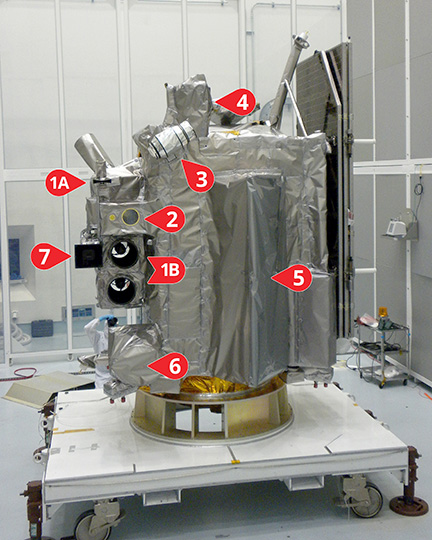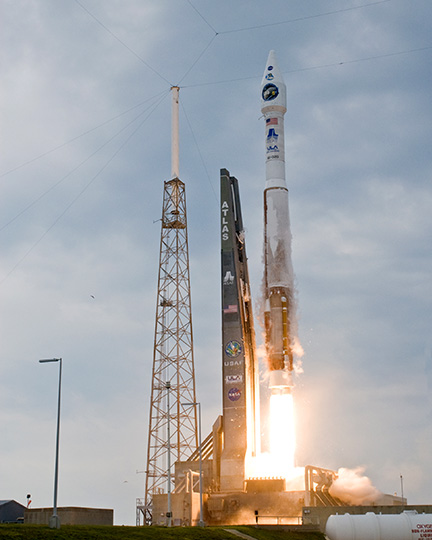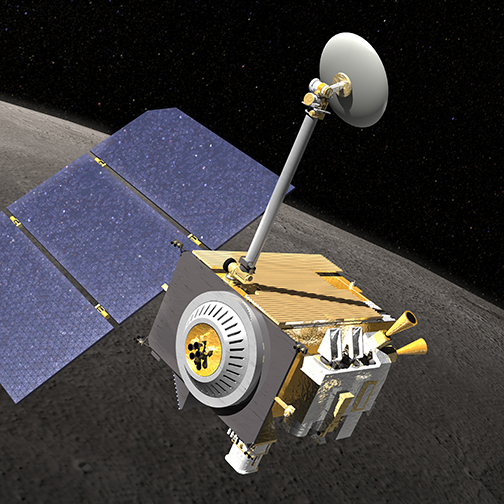LROC & LRO
What is LROC?
The Lunar Reconnaissance Orbiter Camera, or LROC, is a system of three cameras mounted on the Lunar Reconnaissance Orbiter (LRO) that capture high resolution black and white images and moderate resolution multi-spectral images of the lunar surface.
LROC consists of two Narrow Angle Cameras (NACs) that are designed to provide 0.5 meter-scale panchromatic images over a 5 km swath, and a Wide Angle Camera (WAC) that provides images at a scale of 100 meters/pixel in seven color bands over a 60 km swath. The Sequence and Compressor System (SCS) supports data acquisition for both cameras.
LROC is a modified version of the Mars Reconnaissance Orbiter's ConTeXt Camera (CTX) and Mars Color Imager (MARCI).
For more information, visit the Specifications page, or download the LROC Factsheet.
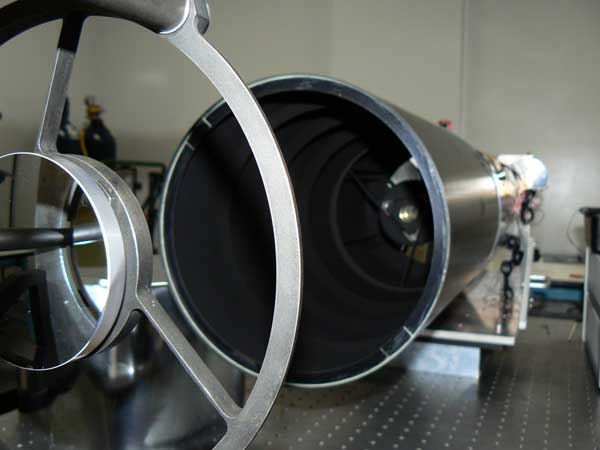
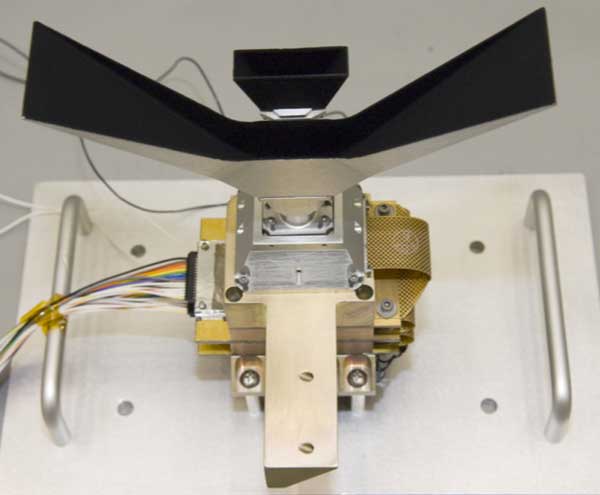
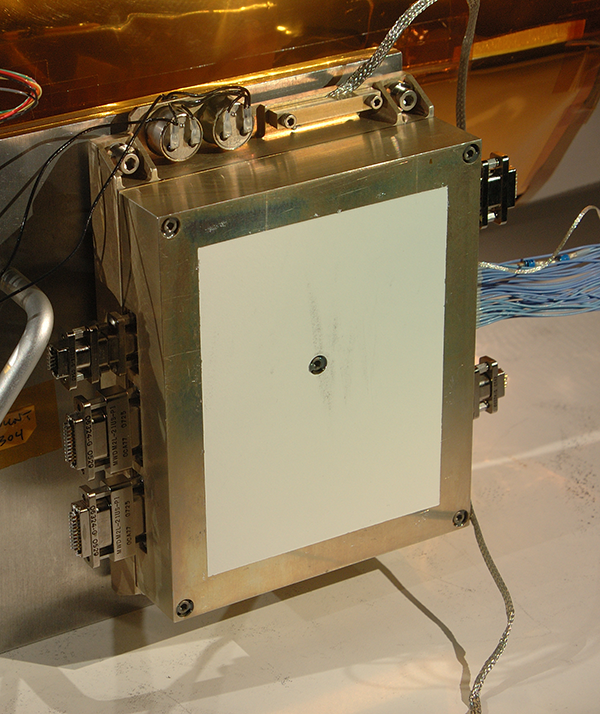
What is LRO?
In June of 2009, NASA launched the Lunar Reconnaissance Orbiter, a robotic spacecraft, now orbiting the Moon at an altitude of 50-200 km. LRO's primary objective is to make fundamental scientific discoveries about the Moon.
LROC is one of seven instruments on board LRO. Together, these instruments have a downlink allocation of 310 Gbits per Ka band pass and up to 4 passes per day. That translates into 155 GBytes per day of data or 56,575 GBytes per year (55 TBytes). These data are processed by each respective instrument's Science Operation Center (SOC) with the final products being delivered to the NASA Planetary Data System (PDS).
For more information about LRO, visit LRO on the NASA site, download the LRO Factsheet, or the LRO Press Kit.
